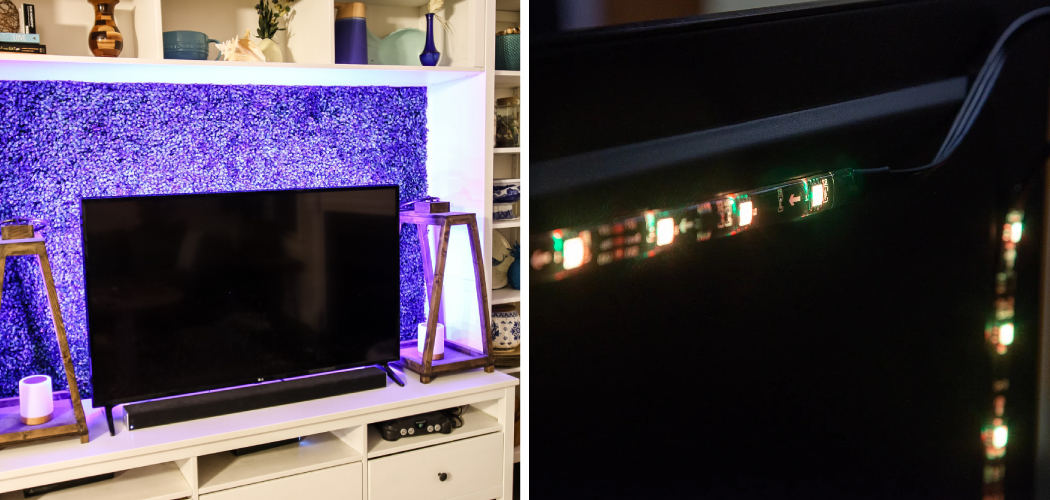Do you want to set the mood in your living room with stylish lighting that can be seen from behind your TV? LED lights are a great way to add a modern touch, and they’re becoming increasingly popular. But do you know how to put LED lights behind tv properly? If not, don’t worry!
In this blog post, we will cover all the details on how to set up LED lights around or behind your television so you can have a cozy atmosphere without any distortion of the image on the screen.
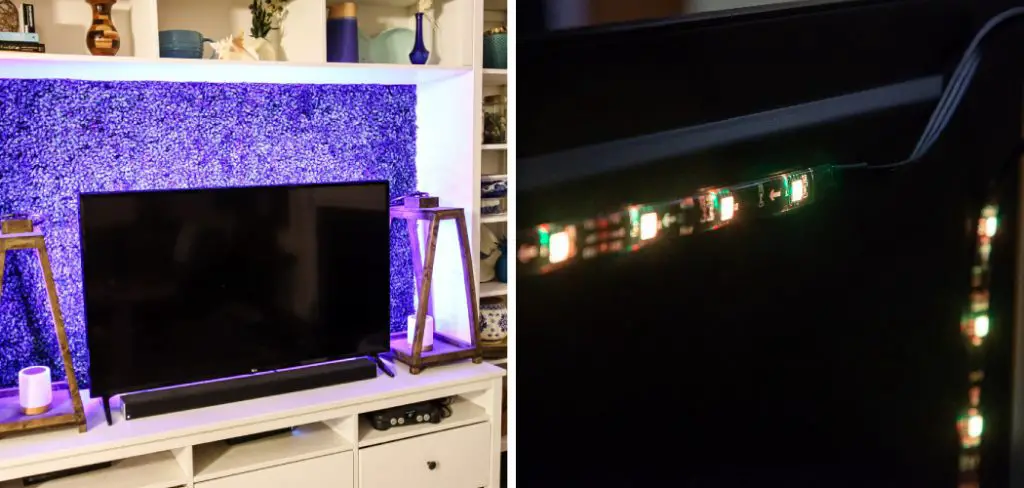
Read on for detailed instructions and tips on what materials are needed and how long it takes – it’s easier than you might think!
Step-by-Step Guidelines on How to Put Led Lights Behind TV
Step 1: Choose the Location of Your LED Lights
The first step is to decide where you want to place your LED lights. Do you want them behind the TV or all around it in a halo-like shape? Whatever your choice, ensure the area is free from obstructions and that the placement allows easy access for plugging in the power source.
Step 2: Gather the Necessary Materials and Tools
Now that you know where your LED lights will be placed, it’s time to get the materials and tools needed for the job. Here’s a list of what you need:
- LED light strips
- Power source
- Tape or adhesive glue
- An electric drill with a suitable bit
- LED lighting accessories like connectors and dimmers (optional)
Step 3: Install the LED Lights
The third step is to install the LEDs. First, you need to attach the light strips to their desired location on the wall or TV. You can do this with either tape or adhesive glue, whichever you feel is more secure and suitable for the job.
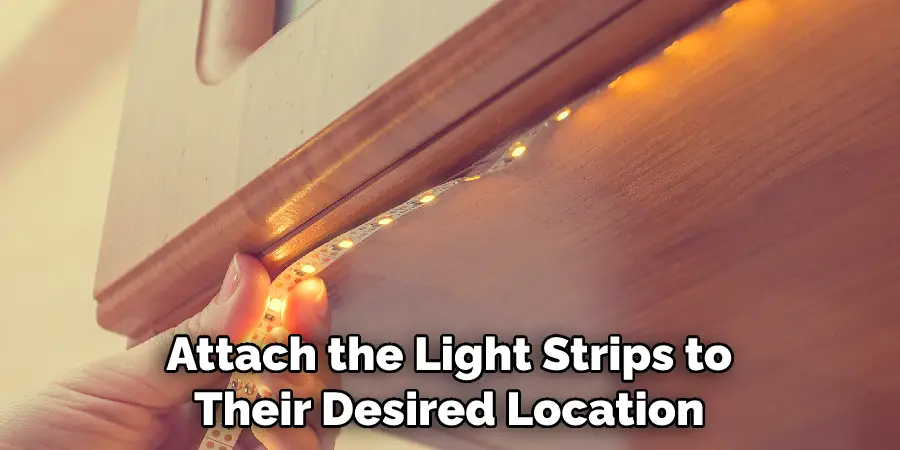
Next, it’s time to start drilling holes in order to run the power source through them. Once all of your LED lights are securely attached and wired up, you’re ready to go!
Step 4: Test the Lights
The last step is to test the lights and ensure they work properly. Plug them in and turn them on, then adjust the brightness using a dimmer or other LED lighting accessory if needed. If everything looks good, you’re done!
With these simple steps, you now know how to put LED lights behind your tv. Not only does this create a cozy atmosphere in your living room, but it also adds a stylish touch too! So go ahead and give it a try – you won’t regret it.
Some Other Tips and Tricks to Put Led Lights Behind TV
1. Make sure your TV has enough space behind it for the LED lights. Depending on the size of your TV, you may need to get extra long LED strips that can reach around and behind the television.
2. Choose the right type of LED light strips for your TV. There are several types on the market, such as RGBW (red-green-blue-white) and dimmable ones. Determine which one is best for your specific needs before making a purchase.
3. Consider using adhesive tape or clips to attach the LED lights to your TV. Both are easy to use and will ensure that the lights remain securely in place.
4. Plan how you want the LED lights to look around your TV before actually installing them. You can create a mock-up with paper, for example, so that you have an idea of what it will look like when everything is in place.
5. Pay attention to the power source for your LED lights. Make sure you have a wall outlet that can accommodate the lights’ wattage, and double-check if you need a converter or transformer for your particular type of LED light strip.
6. When turning on your LEDs, start with the lowest setting and gradually increase the brightness. This will help to prevent any damage or to overheat of the LED lights.
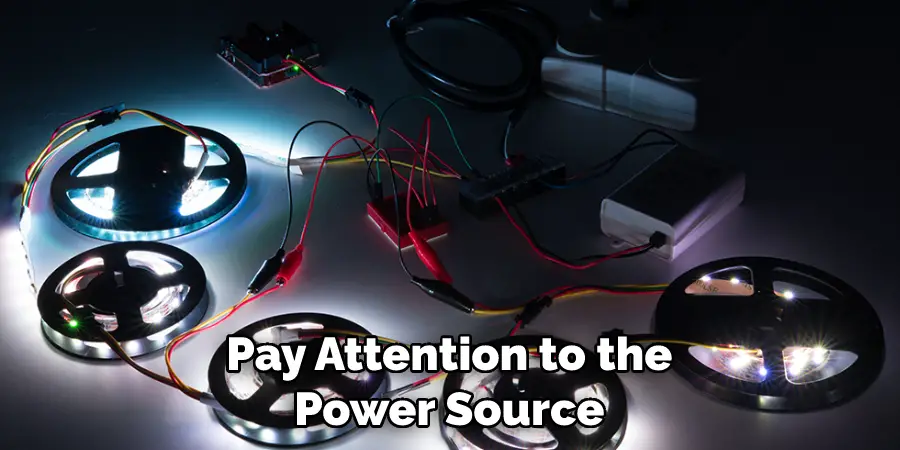
7. Finally, take some time after installation to make sure that your LED lights are properly configured and set up correctly. Check all connections and test the lights one by one to ensure that they are working as expected.
Follow these tips, and you will be able to easily install LED lights behind your TV for a great look! Enjoy the extra light and color in your home theater setup!
Things You Need to Consider to Put Led Lights Behind TV
1. Understand Your TV’s Position:
Before you even think about putting LED lights behind your TV, you need to know how the television will be positioned and where the power outlets will be located. This will help you decide what type of lighting fixtures to buy and which wall mount options are available for your model.
2. Choose the Correct Lighting Fixtures:
LED lights come in a range of sizes, shapes, and colors. Depending on your TV’s size and shape, you may need to choose certain fixtures that will best complement it. For example, if your TV is larger than usual, you might want to opt for larger bulb-shaped LED lights, while if you have a smaller TV, you could look for more compact fixtures.
3. Consider Color Temperature:
The color temperature of LED lights also needs to be considered, as this will determine how your television looks when illuminated. Warmer colors (such as yellow or orange) tend to make the picture appear softer and are good for creating a cozy atmosphere, while cooler colors (such as blue or white) bring out the details more accurately and are best suited to gaming.
4. Choose the Right Wall Mount:
Your TV’s size and weight will also determine the type of wall mount you use. Thin TVs are usually light enough that they can be mounted with basic wall mounts, while larger TVs may require heavier-duty fixtures. Be sure to double-check the weight capacity of any mount before purchasing it.
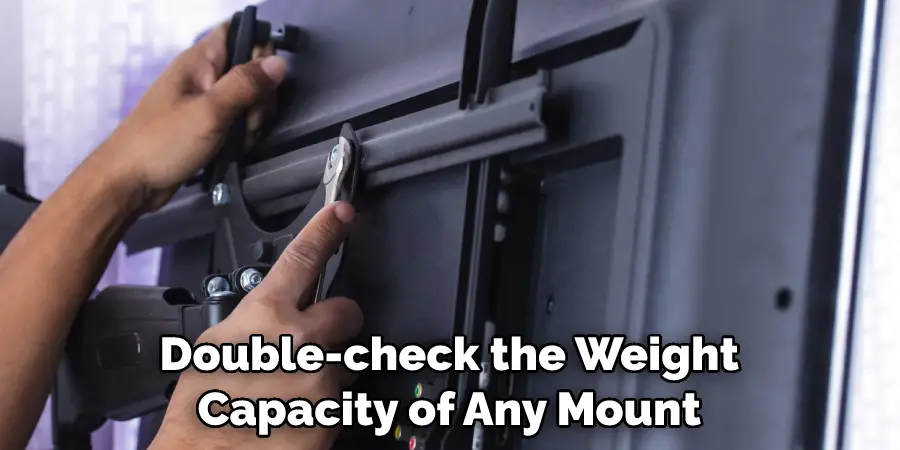
5. Check the Power Source:
The last thing you need to consider is the power source for your LED lights. If they are battery-powered, ensure the batteries are compatible with the lights and will last long enough to provide illumination. If your lights are mains-powered, ensure you have a reliable source of power near the wall mount.
By following these consideration points, you will be able to choose the right LED lights and wall mount for your television. This will ensure that you get maximum visibility and a beautifully illuminated set-up.
Frequently Asked Questions
Is It Safe to Use Led Light Behind TV?
Yes, LED lights are safe to use behind a TV. They don’t generate any heat or require ventilation like traditional lighting fixtures so they won’t damage the TV. However, it’s important to ensure that the LED lights you select are UL-rated for direct contact with electronics, as some lights can generate electrical interference, affecting your TV’s picture quality.
Can Led Light Damage My TV?
Led lights that are not UL-rated for direct contact with electronics could damage your TV’s picture quality by generating electrical interference. However, as long as you select LED lights that have been UL-certified for direct contact with electronics, they should be safe to use without any risk of damage.
Where Should I Place the Led Lights Behind My TV?
The placement of the LED lights behind your TV will depend upon the size and design of your TV, as well as the type of lighting effect you want to achieve. Generally speaking, it’s best to place the lights around 6-12 inches away from the back of your TV to avoid direct contact with any of its components.
Additionally, you may want to place them on either side of the TV and not directly behind it so that the lights frame the TV instead of just shining directly onto it.
Do I Need Any Special Equipment To Install Led Lights Behind My TV?
No special equipment is usually needed to install LED lights behind your TV. All you will need is the lighting fixtures, an appropriate power supply or adapter, and some basic tools such as a drill and screwdriver. Depending on the fixture type, you may also need additional supplies for mounting it to the wall or ceiling.
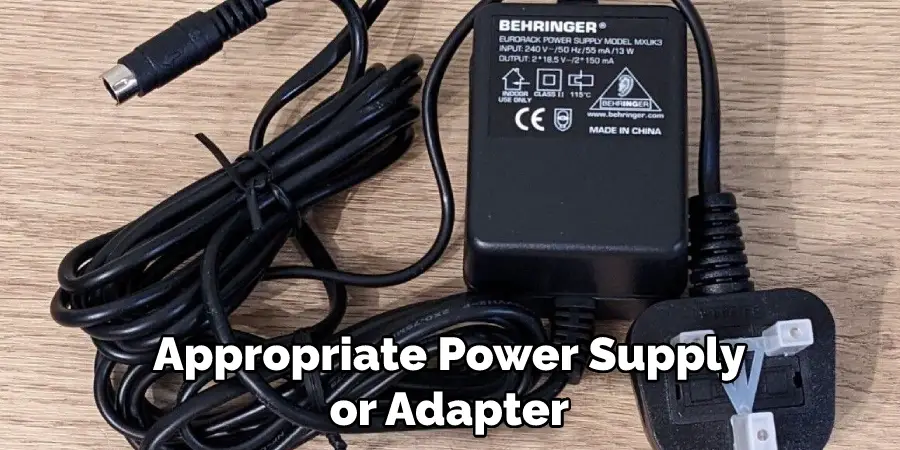
Conclusion
After all of this meticulous work, you now have the satisfaction of enjoying a show on your TV while still having LED lights enhancing the ambiance behind it. Installing LED lights behind your television is an excellent way to both light up your room and add a special effect of interest and color. The steps above help you understand how to put led lights behind tv safely.
It can be tricky at times, but with patience and knowledge, anyone should be able to experience their own mesmerizing results. Be sure to reference your Television user manual for further information if needed. Now that you’ve successfully installed LED lights behind your TV, take time and draw in all the beauty this improvement has brought into your home.

